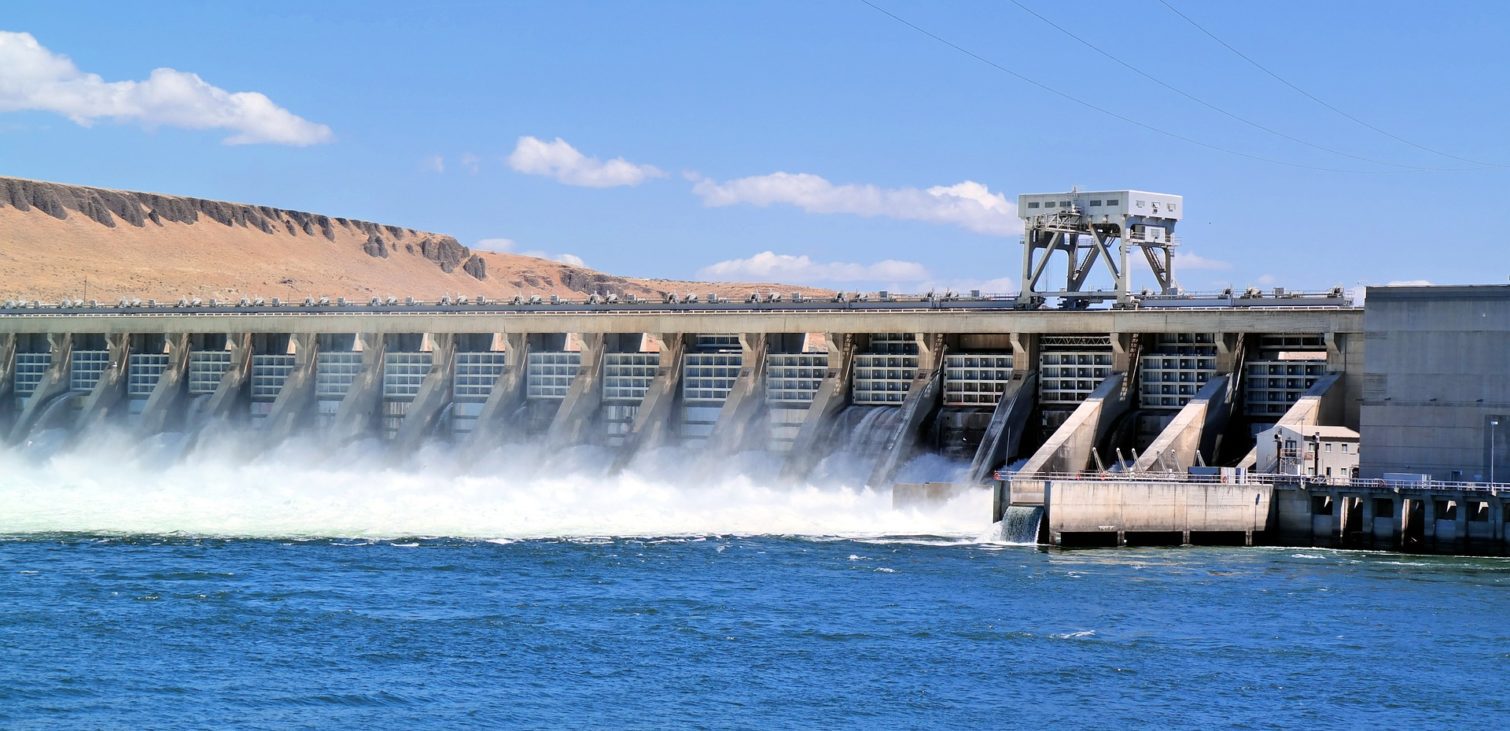Hydroelectric power currently accounts for over one-third of the world’s installed renewable energy capacity and about a quarter of all electricity used worldwide. With the ever-increasing demands for power worldwide, it is critical that hydroelectric power facilities can be built or updated as efficiently as possible. One of the keys to achieving that goal lies in the advancement of electric cabling and harness design.
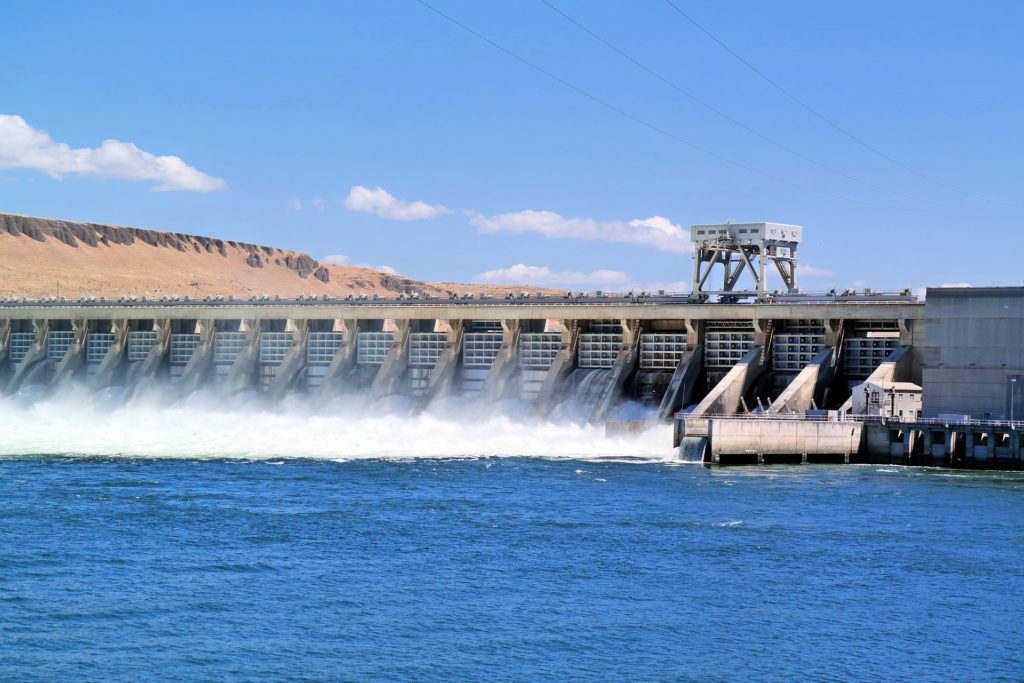
The process of designing, updating, assembling, and installing the cable designs and layouts for both greenfield and brownfield substations makes a significant impact on project completion time. Clear documentation of cabling substations helps engineers avoid some of the common pitfalls faced in this increasingly complex–and increasingly critical–world of hydroelectric power substation design.
The Ins and Outs of Hydroelectric Power Substations
Hydroelectric power stations traditionally generate electricity from generators powered by the energy produced from massive amounts of water propelling large turbine blades. Like any other method of power generation, that electricity must be converted into a usable form through substations.
Power substations change voltage levels and regulate them to compensate for any system voltage changes that may occur. In addition, substations switch transmission and distribution circuits in and out of the grid system while measuring the electric power qualities in the circuits.
As power requirements for areas change, new construction and expansion become necessary.
New substation construction is referred to as greenfield installations, while substations being expanded are called brownfield sites.
Substation Safety and Performance
Both greenfield and brownfield substations deal with extremely high voltages–often on the order of 500 kV. Such high voltages, combined with any critical services that depend on reliable grids powered by these substations, make the design and installation of power cables and harnesses essential for performance and safety.

The cabling connects high-voltage circuits and other necessary systems, such as telecommunications, instrumentation, control systems, and SCADA. Designers must carefully lay out the flow of electricity and signals through these systems during the design phase.
Challenges in Substation Cabling Design
Hydroelectric power station operators deal with several challenges regarding substation design for new greenfield installations, brownfield projects, and modifications to existing substations. Cabling design and layout are critical elements of many of these issues.
Error-Prone Manual Methods
In the past, engineers produced thousands of 2D CAD (Computer-Aided Design) documents for each greenfield substation. Making changes or updates to those documents proved to be unwieldy and time-consuming.
Instead, engineers and technicians began printing CAD drawing and marking changes using scissors and invisible tape to save time. Those changes included changes to complex cable plans and harness layouts, such as the one shown below.
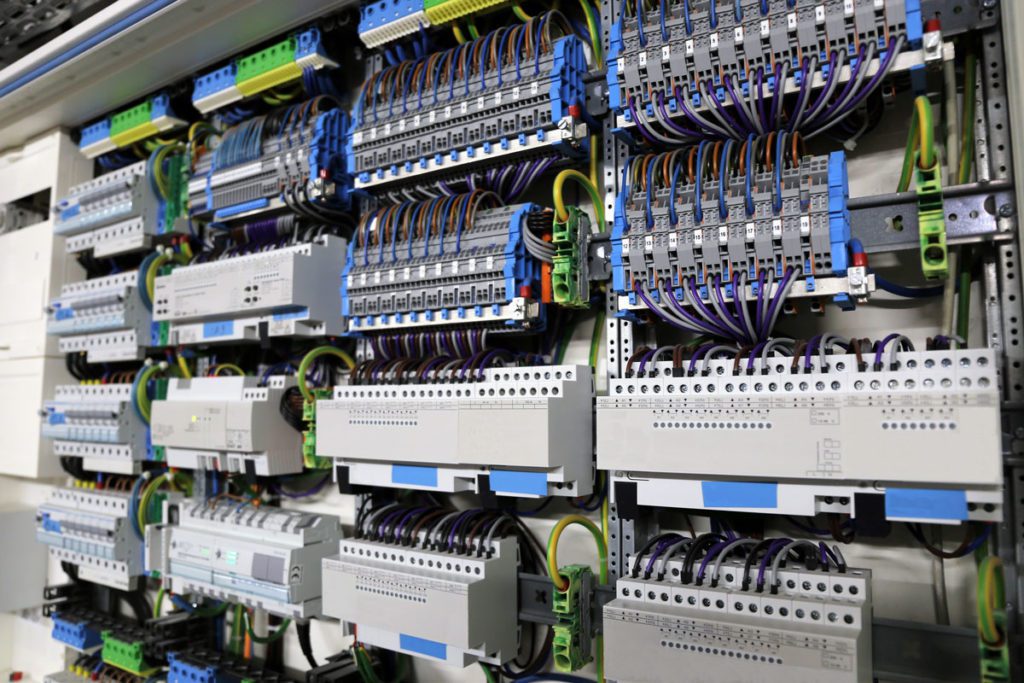
While this might have worked as a piecemeal or occasional approach, a common problem emerged. Engineers were making so many changes on the marked-up physical documents that it became complicated–if not impossible–to comprehend and follow. For example, adding something as simple as another alarm to CAD drawings could quickly become confusing, particularly if the engineer making the latest changes wasn’t the last person to physically mark up the drawings.
Time-Consuming Error Detection
Within this complex ecosystem, finding and correcting errors can be a time-consuming process in and of itself. There are many ways that cabling can be improperly set up: an engineer might not set up wires within a cable in the standard order, or perhaps connectors are not mating with each other properly, and much more. It can be daunting–if not impossible–for engineers to trace a single signal with manual circuitry and layout charts that have become a tangled web of past adjustments.
Case Study: Hydro-Quebec
Hydro-Quebec is one of the world’s largest hydroelectric power stations. Like many power generation companies, Hydro-Quebec faces the challenges detailed above and sought out a solution for their cabling and harness design. During their benchmarking process, Hydro-Quebec engineers agreed that Zuken’s E3.series Electric Cable Design Software provided a key advantage they needed: the ability to manage both logical and physical design such that (1) data only needs to be entered once and (2) the different design documents are kept in sync.
This digital approach to logical and physical design eliminates the manual methods of the past and replaces them with a much more efficient, robust solution. Adding a new component automatically updates the cable list and parts list. An engineer can drag a component from one location to another (even to different pages), and the software updates the cables and cross-references.
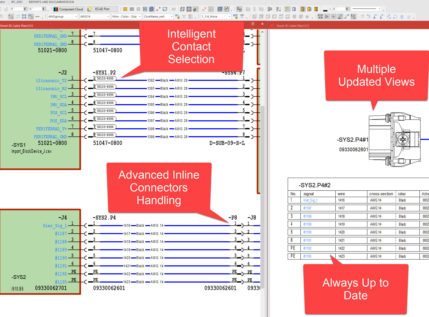
In addition, E3.series allows multi-disciplined engineering teams and technicians to access the same project and data. Any changes that different groups make are propagated throughout the design, so that the data remains up-to-date for everyone involved, as illustrated above in Figure 4.
Templates and Subcircuits Eliminate Inefficient Circuit Reuse
E3.series includes the ability to manage repetitive circuits as templates. These templates comprise design library entries that are more than just circuit diagrams. They contain intelligent data to identify the type of connectors and how many are contained in each component.
Hydro-Quebec technicians can now drag and drop templates into the current drawings, and all the affected cables are moved and connected correctly in the new location. This, in turn, reduces errors and improves the productivity of engineers and technicians.
Simplifying Hydroelectric Power for Immediate Results
Hydro-Quebec has experienced numerous benefits from using E3.series Electric Cable Design Software. For example, design productivity for greenfield substation design increased by 100%, with projects being completed in half the time traditionally required.
Furthermore, this new system synchronizes data and propagates changes throughout the system automatically. This enables multiple engineers and technicians to work concurrently on the same design. Templates boost productivity and eliminate many common errors, and engineers can run their error-detecting scripts and quickly trace signals throughout a design.
Contact Zuken today to learn more about how E3.series can positively impact the design, assembly, and testing of your hydroelectric power greenfield and brownfield substations today.
Related Products and Resources
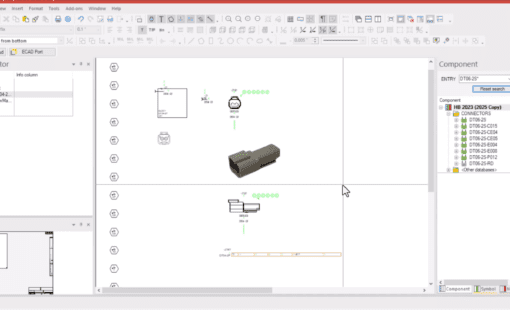
- Blog
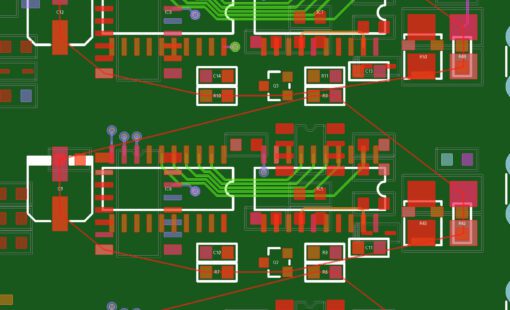
- Blog
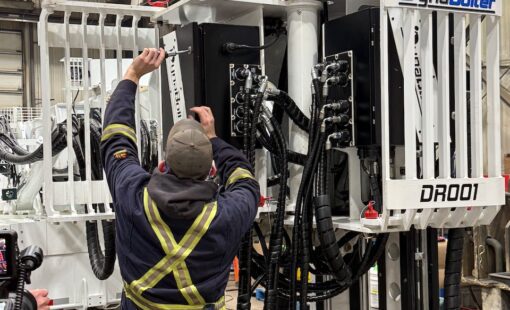
- Blog
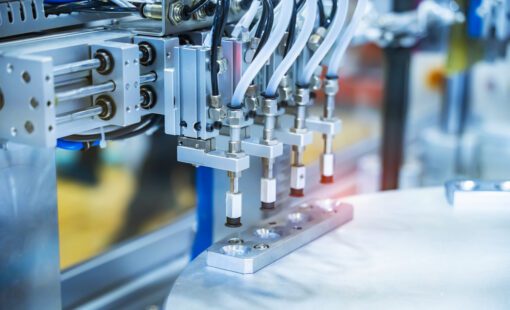
- Blog
